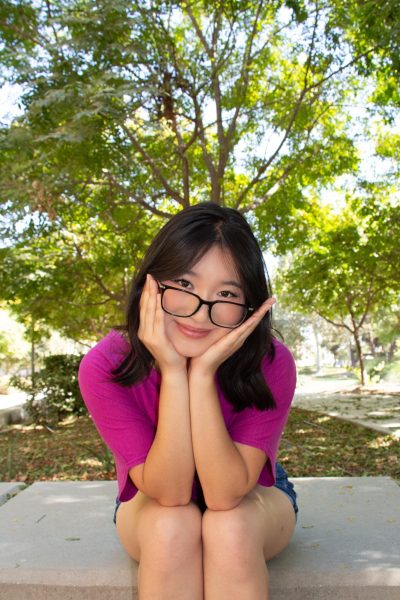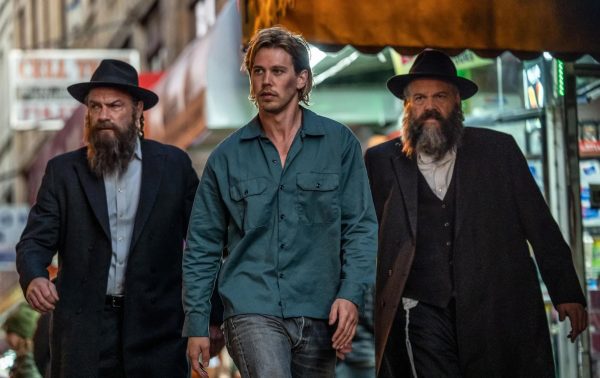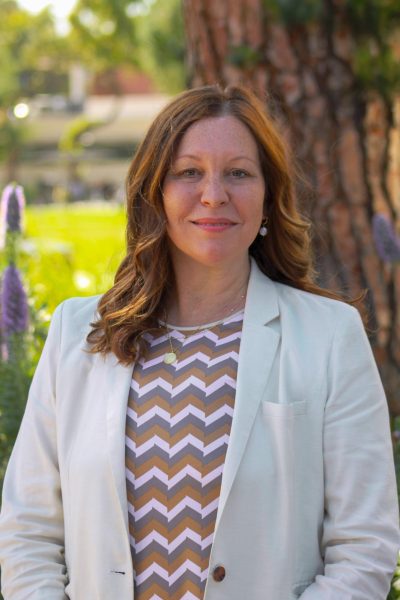Asian and Pacific Islander Heritage Month Celebration includes panel discussion
May 8, 2022
CSU Bakersfield’s Asian and Pacific Islander Heritage Month Celebration included a panel discussion held via Zoom on Wednesday, May 2.
The university’s Asian Faculty and Staff Network hosted the event and according to CSUB’s Director of International Students and Programs Sonia Silva, CSUB chose to celebrate API Heritage Month a month earlier than its original date in May due to commencement. Panelists answered questions about topics regarding culture, tradition, assimilation, anti-Asian violence, and more.
“For ten years of my life I mispronounced my name because my teacher told me that it wasn’t spelled correctly,” said CSU Fresno’s Student Success Project Coordinator and Asian Faculty and Staff Network Member, Belle Vang. She explained that growing up, her elementary teacher told her that her name was not spelled correctly, leading her to change how she would also pronounce it.
She went on to say that instead of being referred to by her initial name, she wanted people to call her by her middle name because hearing her first name being called made her uncomfortable. Vang said that it was not until she attended her first Asian-American studies class and her professor expressed interest in wanting to properly know how to pronounce her name that she realized the significance of it.
“It still makes me very upset when I think about it now,” said Vang. “How come nobody told me it wasn’t okay and how come people are able to decide who I should be when I couldn’t at a young age.” Vang said that cultural competence is very important and that the ethnic studies requirement allows students to think critically about their backgrounds and understand other cultures.
Owner of Bakersfield’s Tatou Uma Polynesian Dance, Angelica Eke mentioned that during the time of the panel discussion she was simultaneously attending a traditional ceremony that is usually done before a funeral. The tradition is part of the Samoan culture and the ceremony consists of gift giving for the people that were visiting.
“Basically, back in the day (…)families would travel from village to village to do events like funerals, weddings, etcetera,” said Eke. “So all of these gifts that we would give would help these families on their travel home.” She explained that the gifts consisted of food, money, mats for them to sleep on, drinks, and other essentials. Eke said that gifts would be given before and after the funeral as well.
The panelists went on to discuss some of their culture’s traditional clothing, food, and the celebration of their customs such as Noche Buena in the Filipino culture also known as Christmas Eve. Recreational Therapist Pa Tang Xiong shared that the Hmong community has a Hmong New Year celebration and that different regions can be distinguished based on the clothing they wear.
The conversation then transitioned to the discussion of anti-Asian violence within the United States and the rise through the pandemic
“There is a long, long, long history of anti Asian racism and violence that has taken place in this country(…) I think that there is a lot for us to learn and there is a lot for us to continue to like have to remember and unpack,” said Recreational Therapist Jasmine Dellafosse. She went on to further emphasize that anti-Asian racism is not a new topic.
Vang explained that building relationships amongst other communities of color is important to help get past the violence and stop the divide among other minorities.





